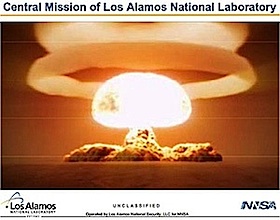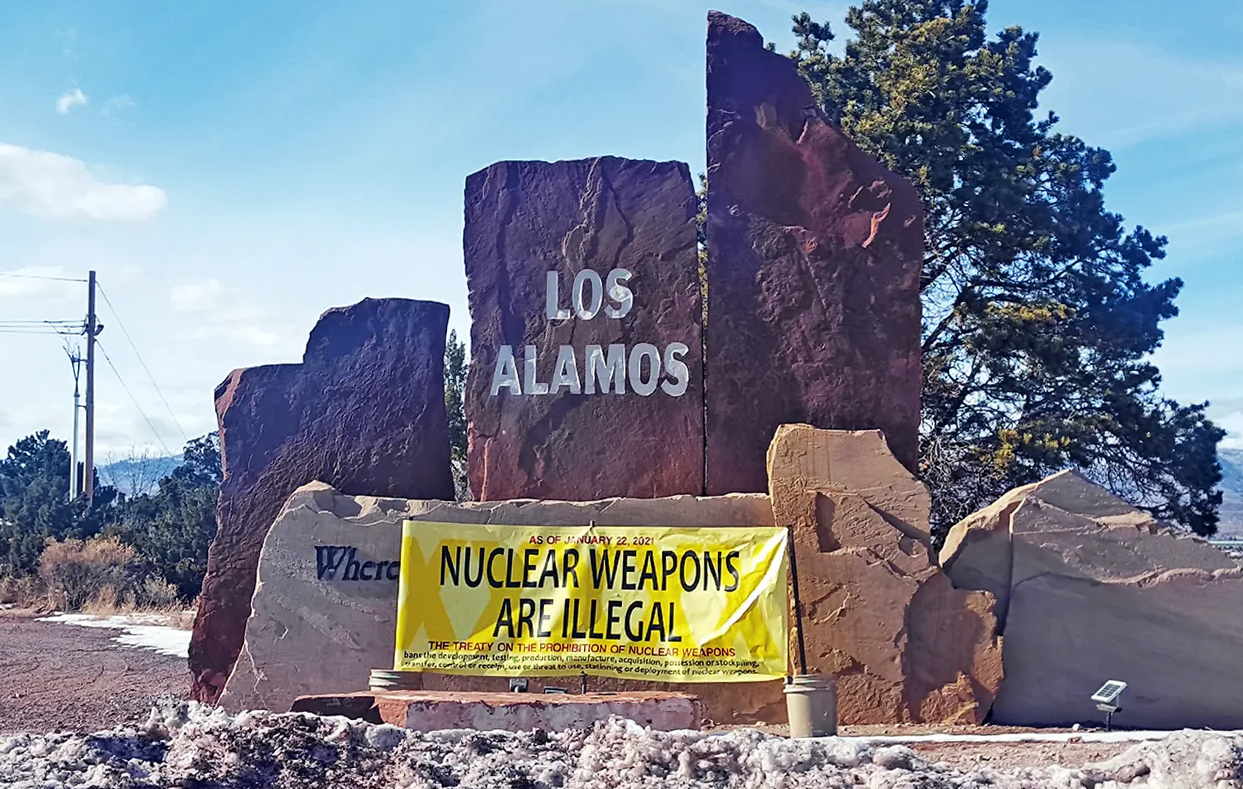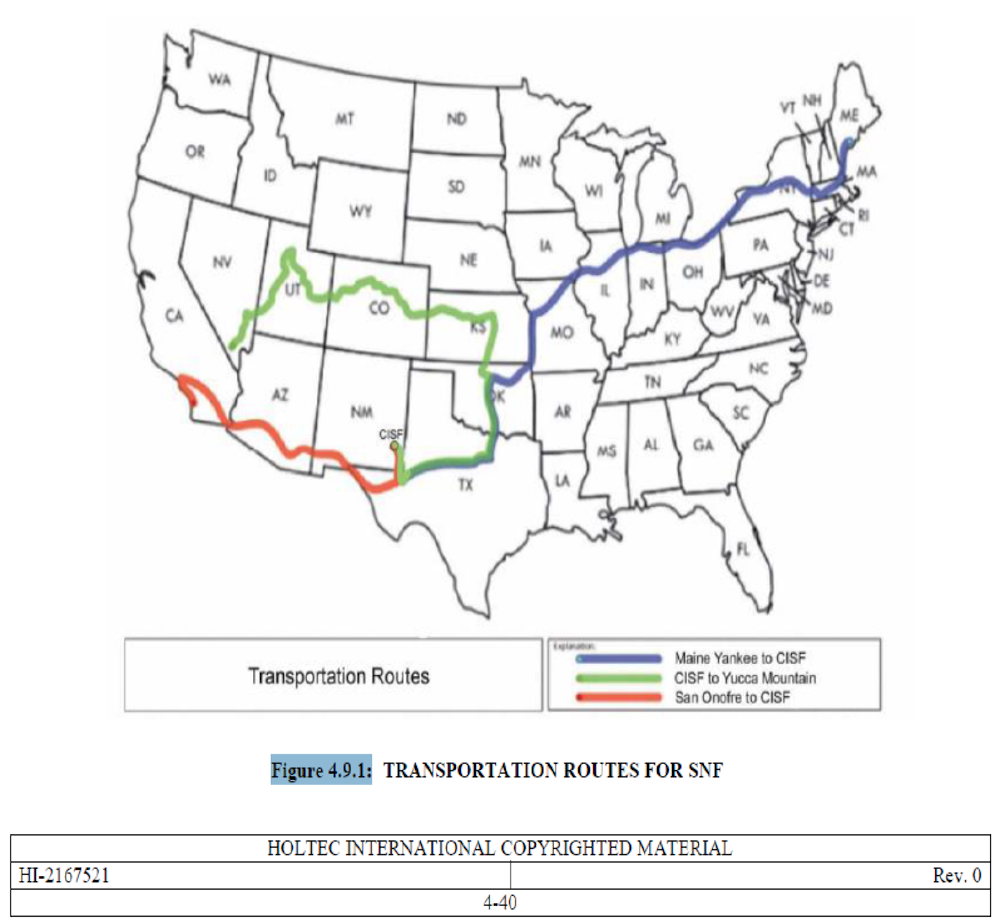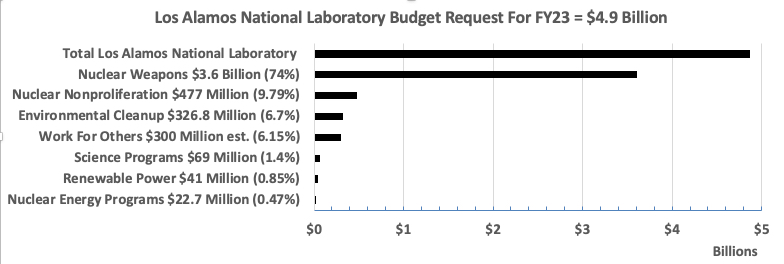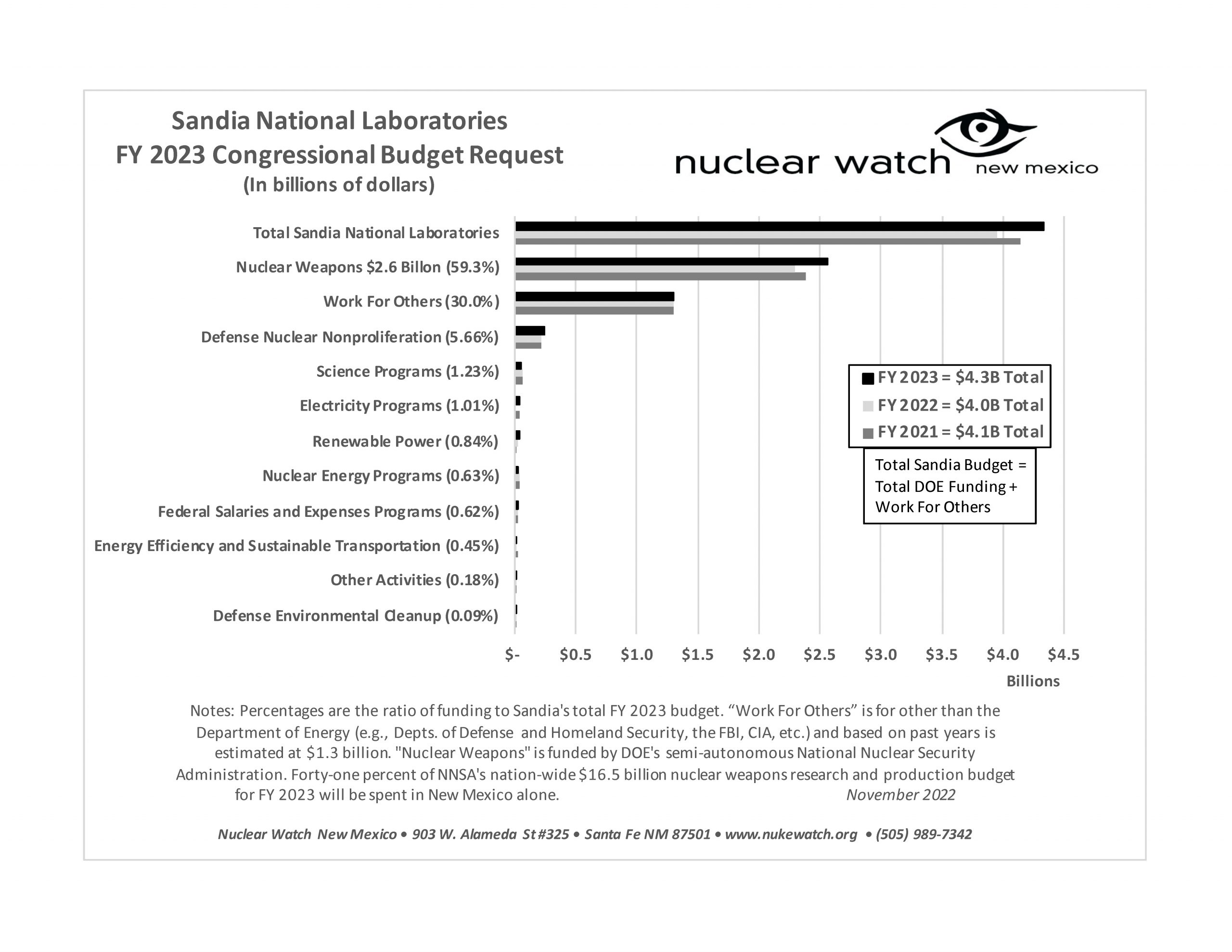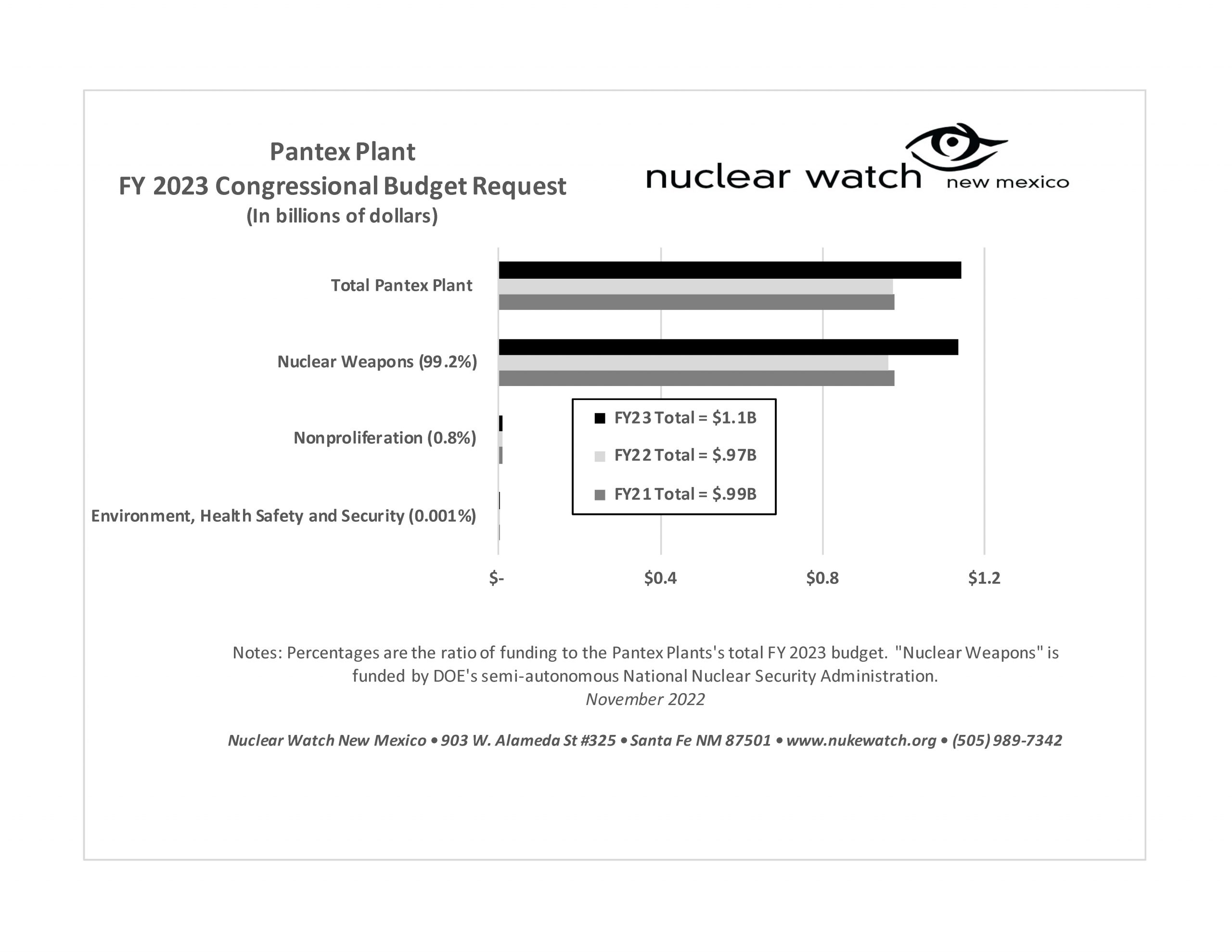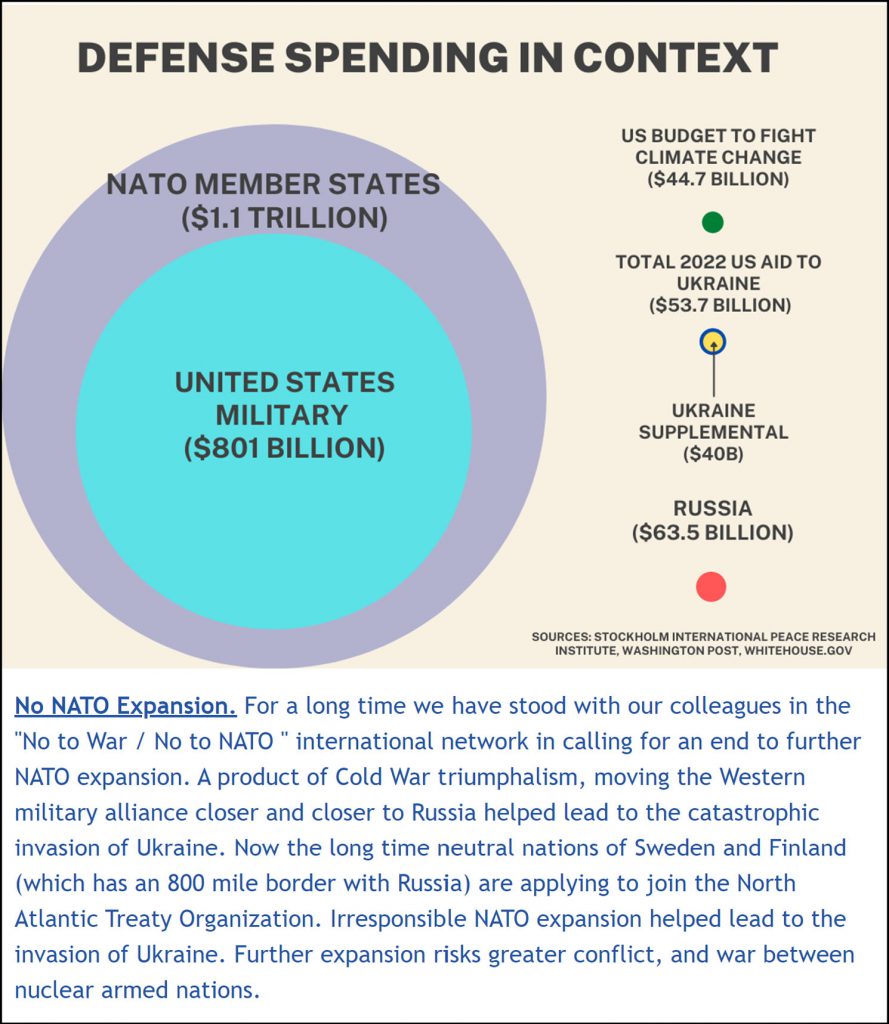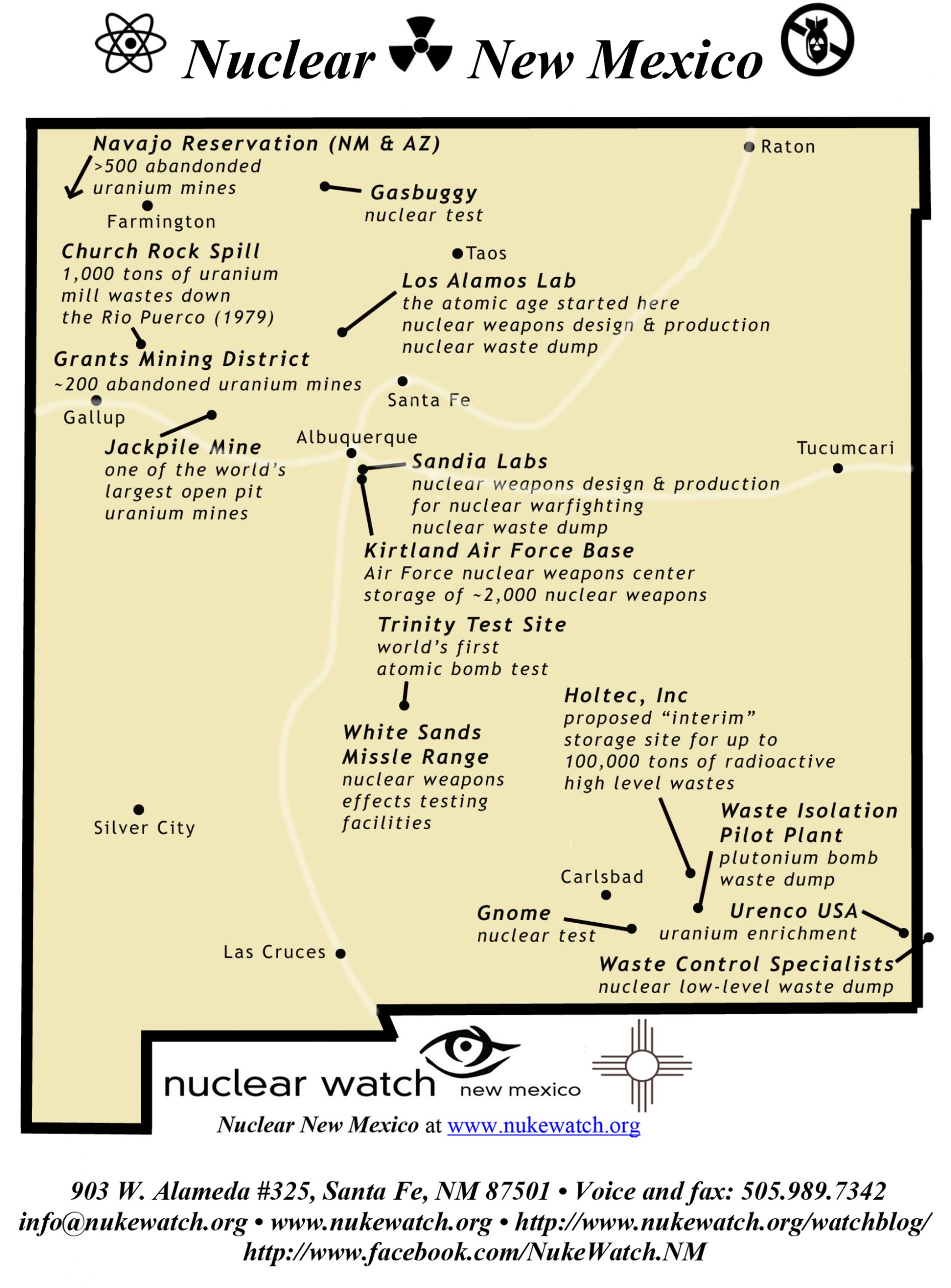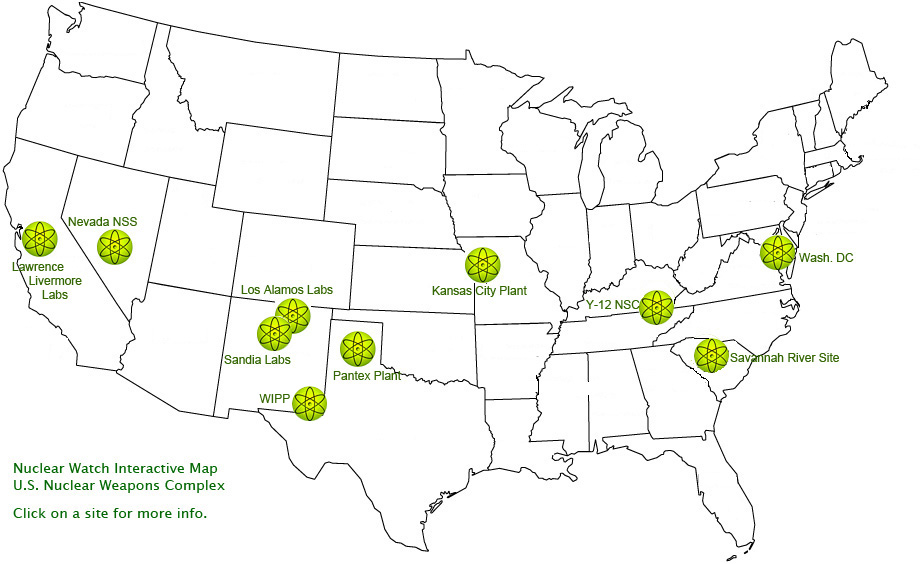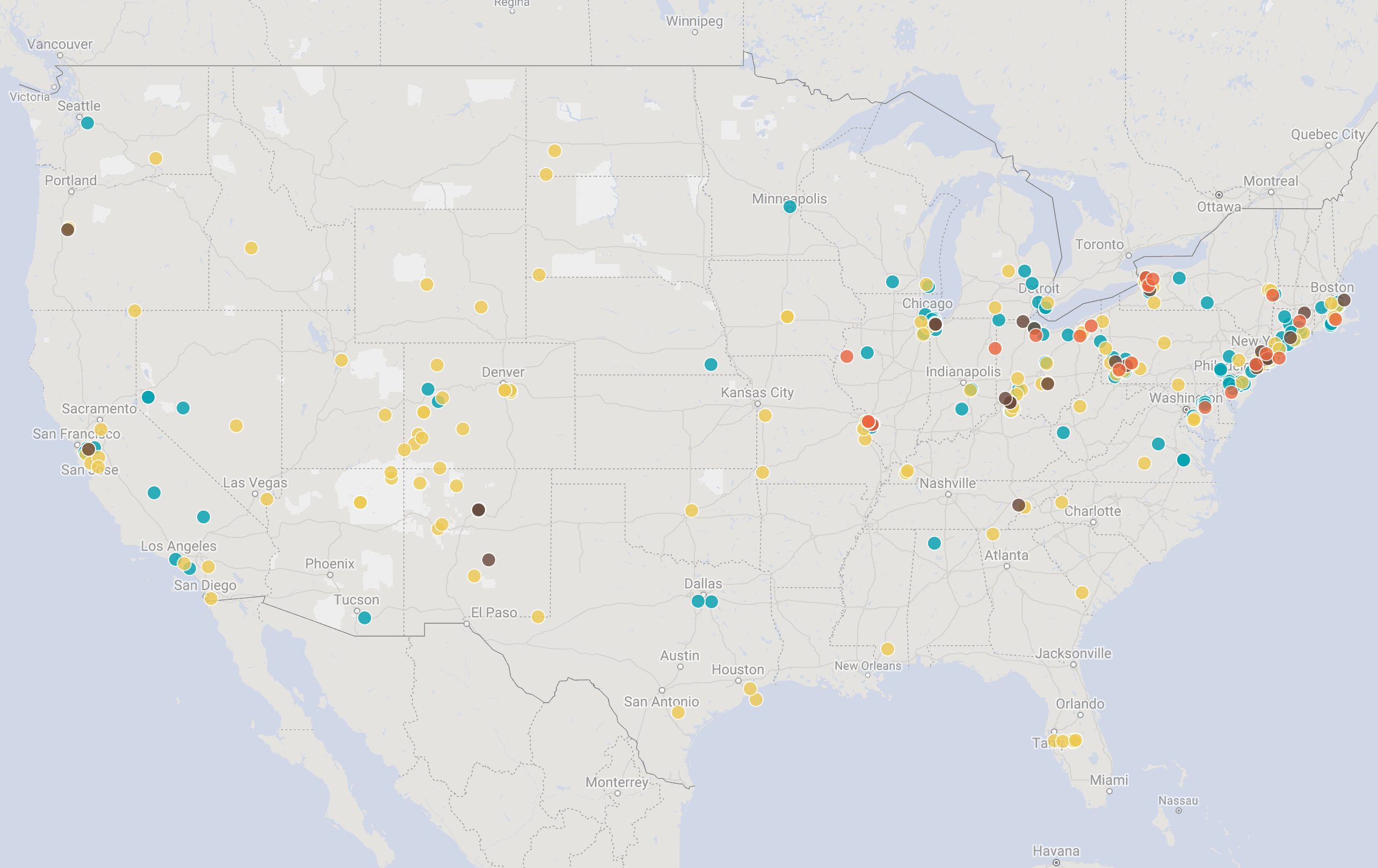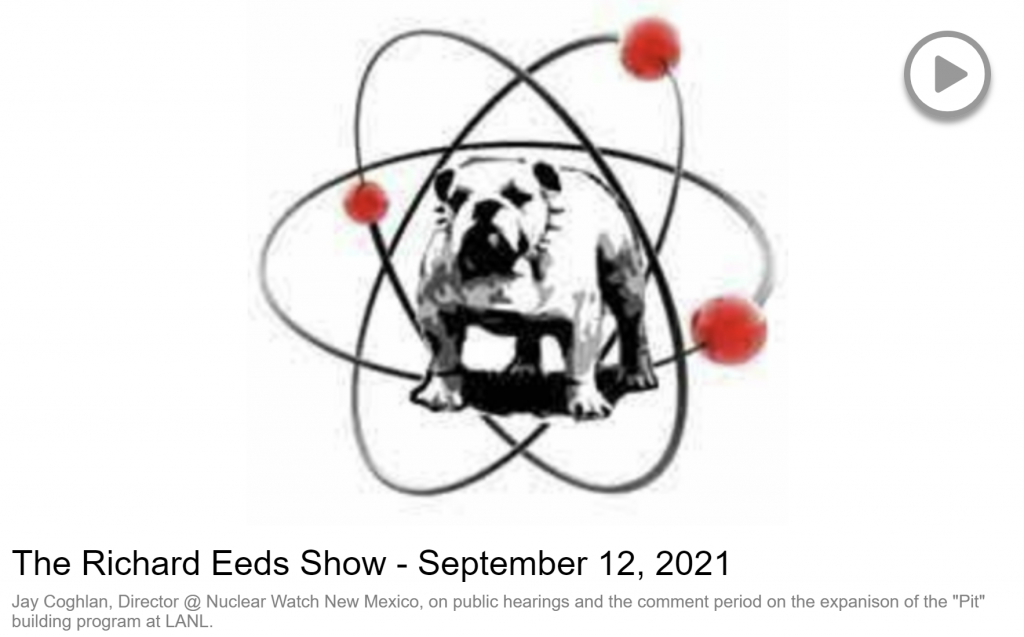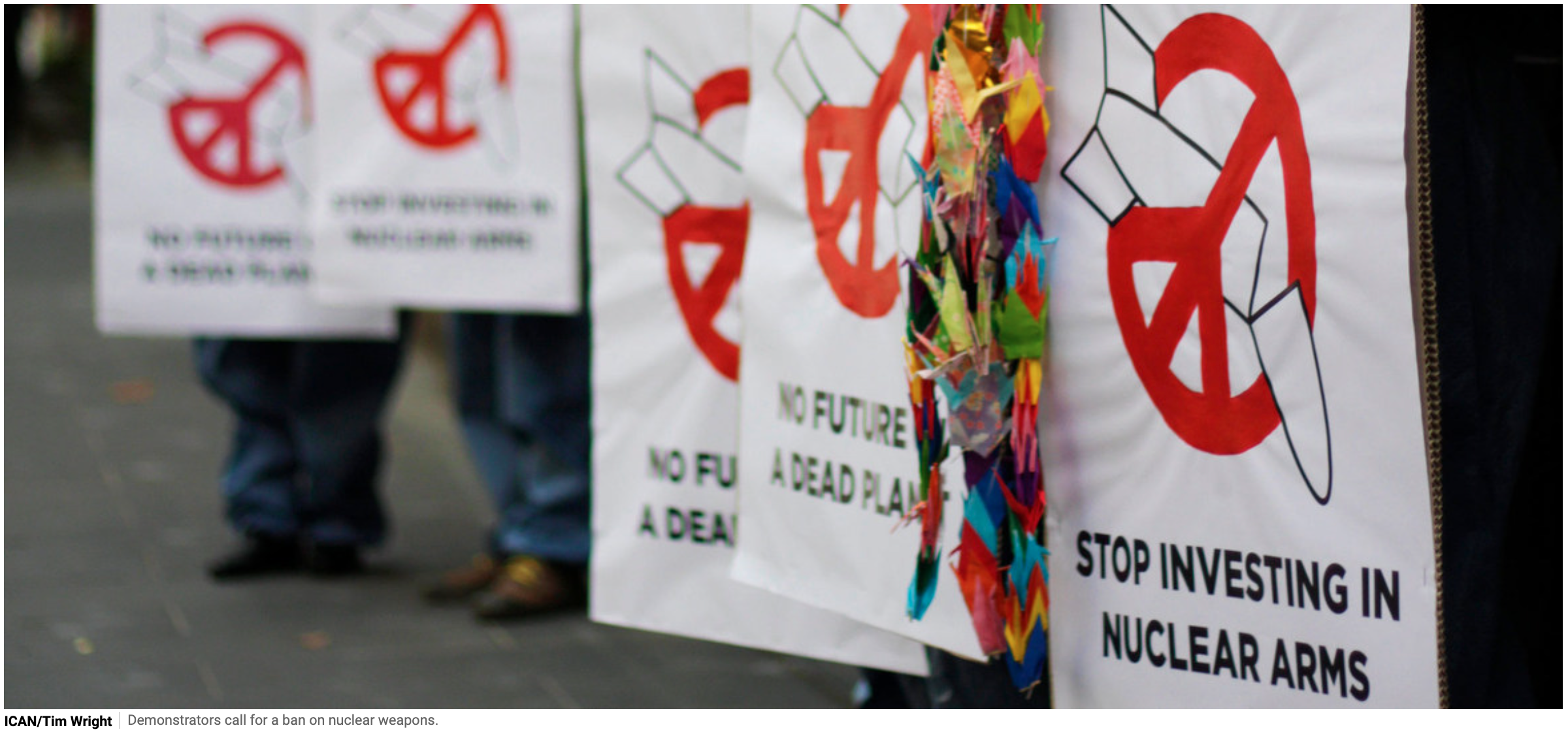QUOTE OF THE WEEK
Nothing Found
It seems we can’t find what you’re looking for. Perhaps searching can help.
LANL’s Central Mission: Los Alamos Lab officials have recently claimed that LANL has moved away from primarily nuclear weapons to “national security”, but what truly remains as the Labs central mission? Here’s the answer from one of its own documents:
LANL’s “Central Mission”- Presented at: RPI Nuclear Data 2011 Symposium for Criticality Safety and Reactor Applications (PDF) 4/27/11
Banner displaying “Nuclear Weapons Are Now Illegal” at the entrance in front of the Los Alamos National Lab to celebrate the Entry Into Force of the Nuclear Weapon Ban Treaty on January 22, 2021
Nothing Found
It seems we can’t find what you’re looking for. Perhaps searching can help.
Follow the Money!
Map of “Nuclear New Mexico”
Nuclear Watch Interactive Map – U.S. Nuclear Weapons Complex
In 1985, US President Ronald Reagan and and Russian President Mikhail Gorbachev declared that “a nuclear war cannot be won and must never be fought.”
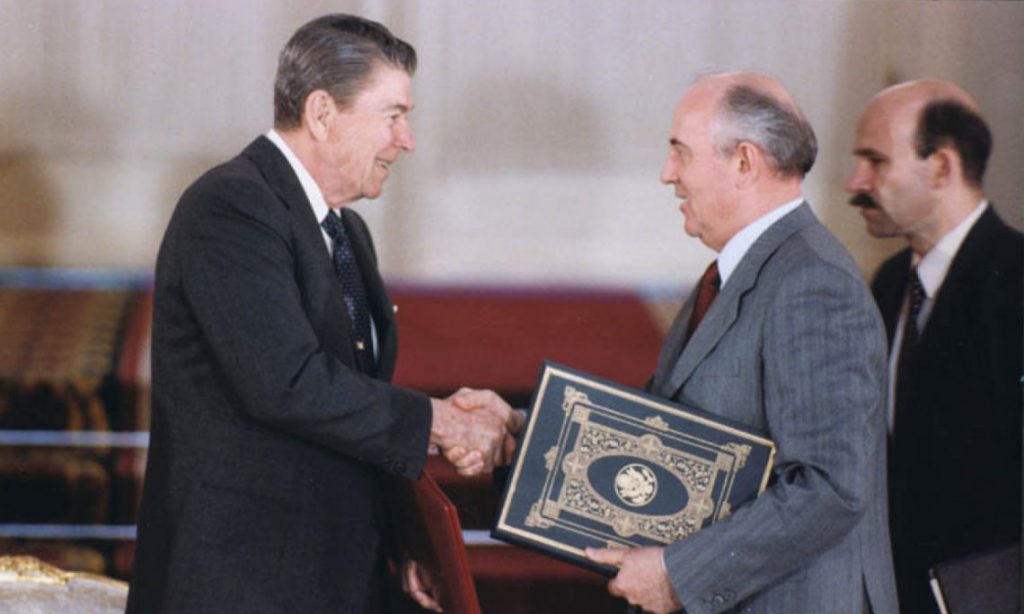
Waste Lands: America’s Forgotten Nuclear Legacy
The Wall St. Journal has compiled a searchable database of contaminated sites across the US. (view)
Related WSJ report: https://www.wsj.com
2022 BLOG POSTS
Nothing Found
It seems we can’t find what you’re looking for. Perhaps searching can help.
New & Updated
Why China’s attack on Nato ‘double standards’ suggests it will continue to build up nuclear arsenal
“The alliance’s head Jens Stoltenberg accused Beijing of increasing its firepower ‘without constraint’ and urged it to sign up to international arms controls – But Beijing hit back by criticising Nato’s nuclear sharing arrangements and said the US and Russia should lead the way by disarming”
Liu Zhen scmp.com September 12, 2021
China is expected to continue building up its arsenal of nuclear weapons despite Nato’s appeal for it to sign up to international arms controls. Last week Nato Secretary-General Jens Stoltenberg criticised China’s efforts to develop its nuclear capacity – by building more warheads, delivery systems and silos – “without any limitation or constraint”.
He told Nato’s annual arms control conference in Brussels that this was making the world “more unpredictable, more competitive and more dangerous”.
20 years after 9/11, Yankee’s nuclear fuel still poses security risk
“Deb Katz, the executive director of Citizens Awareness Network, a New England-wide anti-nuclear group, said her group supports ambitious improvements to the storage facilities.
“We support hardening the waste on site. This includes double walling the casks, increasing the distance between the casks, if possible, berming them in to protect them from acts of malice,” she said.
“The waste must stay on site until there is a scientifically sound and environmentally just solution,” she said, referring to a nuclear industry move toward building interim nuclear waste storage facilities. One is proposed for west Texas, the other in New Mexico.”
By Susan Smallheer, Brattleboro Reformer benningtonbanner.com September 11, 2021
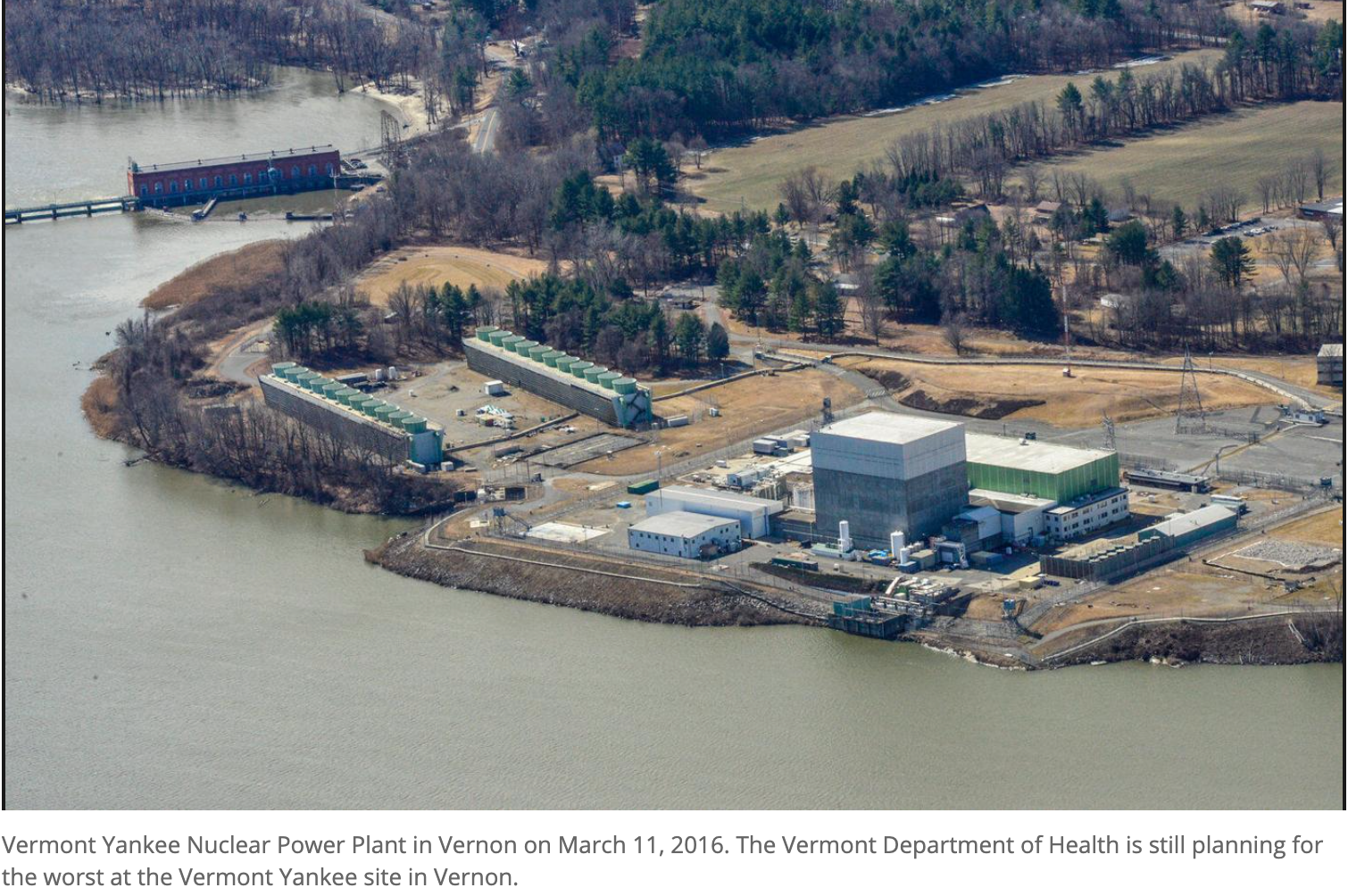
VERNON — The Vermont Department of Health is still planning for the worst at the Vermont Yankee site in Vernon.
But the worst, thanks to the active decommissioning of the Vermont Yankee site currently underway, is not as bad as it could have been six years ago, when Vermont Yankee shut down and its nuclear fuel was moved out of the reactor core and put into storage in giant steel and concrete casks.
“The Health Department’s Radiological and Nuclear Emergency Response Plan originally had a heavy emphasis on releases from Vermont Yankee, which could impact large areas and populations while it operated. Even with the shutdown of Vermont Yankee, we continue to maintain many of our resources for radiological emergency response,” said William Irwin, the state’s radiological health chief.
Lawmakers set for battle over next-gen nuclear missile
“For the W87-1, whose plutonium cores, or pits, are to be produced in part by the Savannah River Plutonium Processing Facility in South Carolina, at stake are jobs and billions of federal dollars to upgrade buildings or construct new factories. It’s all intertwined with shaky plans launched by the Trump administration to have Savannah River and Los Alamos National Laboratory in New Mexico produce a combined 80 pits per year by 2030.”
Joe Gould defensenews.com September 9, 2021
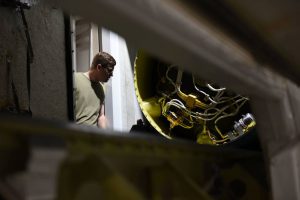
WASHINGTON ― Nuclear modernization opponents and defenders are gearing up to fight again over the next-generation intercontinental ballistic missile and other efforts.
Rep. John Garamendi, D-Calif., and a skeptic of nuclear spending on the House Armed Services Committee, confirmed he plans to offer nuclear-themed amendments when the annual defense bill receives House floor consideration later this month. One aims to pause the Air Force’s nascent Ground Based Strategic Deterrent in favor of maintaining the missile it would replace, the Minuteman III; another would zero out funds for the GBSD’s warhead, the W87-1.
“The bottom line is that we could pause the entire GBSD program and push forward into the future a $100 billion expense,” Garamendi, who chairs the House Armed Services readiness subcommittee, told Defense News.
With the Biden administration’s Nuclear Posture Review due early next year, Garamendi said the amendments are part of his “strategy to raise the issues, to gather the data, test the arguments against the opposition … and create an occasional success.”
General Assembly President calls for halt to nuclear tests
The President of the UN General Assembly, Volkan Bozkir, on Wednesday called for an end to nuclear tests, as ambassadors gathered to commemorate the International Day against Nuclear Tests, observed annually on 29 August.
UN News news.un.org September 8, 2021
Despite recent developments in advancing nuclear disarmament, more remains to be done, said Mr. Bozkir, urging countries which have yet to sign or ratify the Comprehensive Nuclear-Test-Ban Treaty (CTBT) to do so without delay.
Today we mark the International Day against Nuclear Tests, an opportunity to remember the victims of nuclear testing, honor the survivors and examine the legacy impacts of nuclear weapons, including that of nuclear waste. My full remarks here: pic.twitter.com/1onIGt3TJ5
— UN GA President (@UN_PGA) September 8, 2021
“More than 2,000 nuclear tests have been conducted since the advent of nuclear weapons. While the rate of testing has declined, they have not stopped,” he said.
“These tests have long lasting health and environmental consequences. They devastate the communities they impact. They displace families from their homelands.”
Progress on disarmament
Underlining the General Assembly’s commitment to nuclear disarmament, Mr. Bozkir welcomed progress achieved over the past year amid the challenges of the COVID-19 pandemic.
US attorney details illegal acts in construction projects, sealing the fate of the “nuclear renaissance”
“The indictment reveals important new information about how Benjamin and Westinghouse conspired to hide crucial information about reactor completion dates from the owners…It states that the defendant made “false and misleading statements” and “knowingly devised a scheme” to continue the project based on misrepresentations.”
By Tom Clements | thebulletin.org
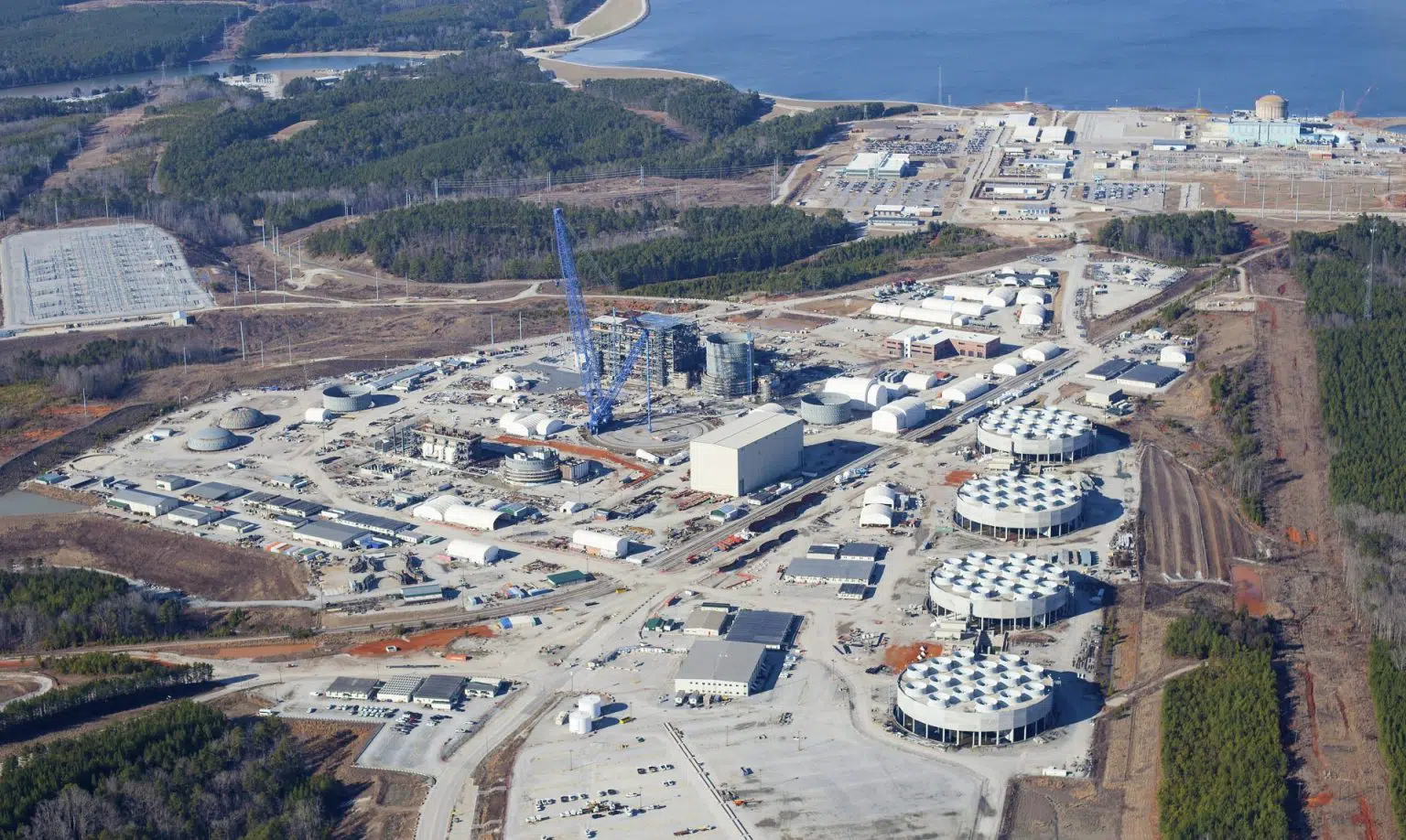
The ill-fated construction of new nuclear reactors in South Carolina—one of two such troubled Westinghouse reactor construction projects in the United States—was abruptly terminated on July 31, 2017, but the effort to determine legal accountability for the project’s colossal failure is only now hitting its stride.
The South Carolina legislature conducted hearings about the project’s collapse. But it has fallen to the United States Attorney for South Carolina to outline internal decisions that led to project abandonment—via court filings, plea agreements, and indictments. These filings are proving to be the best documentation so far of criminal behavior related to projects that were part of a much-hyped “nuclear renaissance” that began in the early-2000s but has since petered out in the United States.
On August 18, 2021, a second Westinghouse official was charged in a federal grand jury indictment filed with the court in Columbia, South Carolina. The charges outline “the scheme” to cover up key details about the problem-plagued project to construct two 1,100 megawatt (MW) Westinghouse AP1000 light-water reactors at the VC Summer site north of Columbia.
The project was initiated in May 2008 and gained final approval in February 2009.
According to the 18-page indictment, former Senior Vice President of New Plants and Major Projects Jeffrey Benjamin “had first-line responsibility for Westinghouse’s nuclear reactors worldwide.” He was charged, according to a news release, “with sixteen felony counts including conspiracy, wire fraud, securities fraud, and causing a publicly-traded company to keep a false record.” On August 30, the US attorney’s office announced that Benjamin would be arraigned on August 31.
In order for SCANA, parent of utility South Carolina Electric and Gas, to gain a federal production tax credit of $1.4 billion, essential to the financial viability of the project, both units had to be finished by December 31, 2020.
Benjamin and Westinghouse knew that the dates would never be met, but SCANA doggedly stuck with them given production-tax-credit pressure.The indictment reveals important new information about how Benjamin and Westinghouse conspired to hide crucial information about reactor completion dates from the owners, the publicly held utility SCANA, now defunct, and its junior partner, the state-owned South Carolina Public Service Authority (known as Santee Cooper). It states that the defendant made “false and misleading statements” and “knowingly devised a scheme” to continue the project based on misrepresentations via Westinghouse to the owners, state regulators, the Securities and Exchange Commission, investors, and ratepayers. Nervous SCANA officials played along with the inept cover-up efforts and passed on false and inaccurate information to regulators.
Benjamin, the fourth official to be charged, faces 20 years in prison and a $5 million fine. Issuance of the indictment suggests he intends to face trial rather than plead guilty—a risky proposition given the waste of $9 billion on construction of a project that delivered nothing to consumers (and potential jury members) but a series of nine rate hikes. While those hikes were eventually eliminated and further rate hikes were avoided, a small nuclear construction charge in current bills stands as an enduring reminder of the debacle.
On May 21, 2021, Carl Churchman, Westinghouse Electric Corporation vice president and project director, was indicted on the felony charge of making false statements to the FBI about the status of the project. He pleaded guilty on June 10.
In February, Kevin Marsh, former SCANA CEO, also entered a guilty plea in federal court for conspiracy to commit felony fraud. And Stephen Byrne, former SCANA chief operating officer and executive vice president, pleaded guilty in July 2020 to conspiracy to commit mail and wire fraud. Both gave false testimony numerous times to regulators.
The August 18, 2021 news release from the South Carolina US Attorney’s Office made clear that the investigation continues: “`This indictment with its attendant allegations and charges is another step toward justice for all those responsible for the VC Summer nuclear plant fiasco,’ said FBI Special Agent in Charge Susan Ferensic.”The two SCANA officials and Westinghouse’s Churchman are subject to five-year prison sentences and stiff fines but will likely face reduced sentences in exchange for fully cooperating with investigators, something required in their plea agreements.
Both Westinghouse and SCANA were eventually forced into bankruptcy. Westinghouse was acquired by Brookfield Business Partners, and SCANA vanished after an easy takeover by Dominion Energy, approved in December 2018. The fate of the debt-strapped, state-owned partner Santee Cooper rages on in the South Carolina Legislature.
One entity that will likely never be held responsible for the disastrous project that it authorized is the South Carolina Public Service Commission. Members of this body unanimously voted in favor of anything SCANA requested during the entire course of the project and balked at providing oversight as it fell apart. All were replaced by the Legislature at the end of their terms with new members, who have been less accommodating to utility requests.
Public interest intervenors were prescient in their early assessments of the project. Friends of the Earth, which intervened before the Public Service Commission against the project in August 2008, noted SCANA’s disregard for energy efficiency and alternative forms of energy. That organization predicted that the project’s fate would be what the US Attorney’s Office affirmed in the August 18, 2021 indictment: “from the outset, the Project was characterized by cost overruns and significant delays.” Likewise, toward the end of the project in June 2017, just after Westinghouse declared bankruptcy, Friends of the Earth and the Sierra Club filed a formal complaint detailing why the project must be canceled. As money hemorrhaged, the owners made that earth-shaking decision a month later. And the mighty crash still reverberates.
In Georgia, construction of the other AP1000 project, located at Plant Vogtle, stumbles along to massive cost overruns and significant schedule delays. A main difference between the projects: Georgia Power has a large enough customer base to absorb the financial blow of its struggling project. With cost projections for the two Vogtle units nearing a stunning $30 billion, finishing dates presented to the Georgia Public Service Commission remain open to question.
The Carolina and Georgia reactor projects went forward under laws related to “construction work in progress” that allowed financing charges to be billed to the ratepayers from the start of construction, long before the reactors were online. Both the South Carolina law, the Baseload Review Act, and Georgia’s Nuclear Energy Financing Act have been repealed.
The fault for the shocking AP1000 misadventure falls squarely on the shoulders of Westinghouse and the involved utilities. They all fell victim to their own reactor-promotion propaganda but lacked the technical and management competence to pull off the projects as envisaged. With pursuit of large light-water reactors in the United States all but dead, the nuclear industry is now endlessly touting an array of “small modular reactors” and a dizzying menu of so-called “advanced reactors,” all of which exist only on paper. It’s unclear if there’s a path forward for this nuclear renaissance redux, and if there is, whether taxpayers will be put on the hook for financing some of it.
Germany Calls on Iran to Resume Nuclear Talks
Informal negotiations stalled after Iran’s new hardline president was elected in June. Tehran has caused an international outcry in recent months over the broadening scope of its nuclear program.
“US President Joe Biden has signaled his eagerness to resume direct talks, but Iranian officials have yet to do the same.”
The German Foreign Ministry on Wednesday said it “vehemently” urged Iran to restart negotiations aimed at reviving a defunct nuclear deal.
“We are ready to do so, but the time window won’t be open indefinitely,” a ministry spokesman said.
The French foreign ministry made a similar statement later on Wednesday.
In 2015, Iran, the United States, United Kingdom, Germany, France, Russia, China, plus EU representatives, worked out a deal to place curbs on Iran’s nuclear program. The Joint Comprehensive Plan of Action (JCPOA) sought to prevent Iran from making nuclear weapons by restricting the extent to which it could enrich uranium, install nuclear centrifuges, and stockpile radioactive material. In exchange, the other signatories agreed to drop certain sanctions against Tehran.
‘A combination of failures:’ why 3.6m pounds of nuclear waste is buried on a popular California beach
The San Onofre nuclear power plant shut down years ago – but residents and experts worry what will happen with the waste left behind
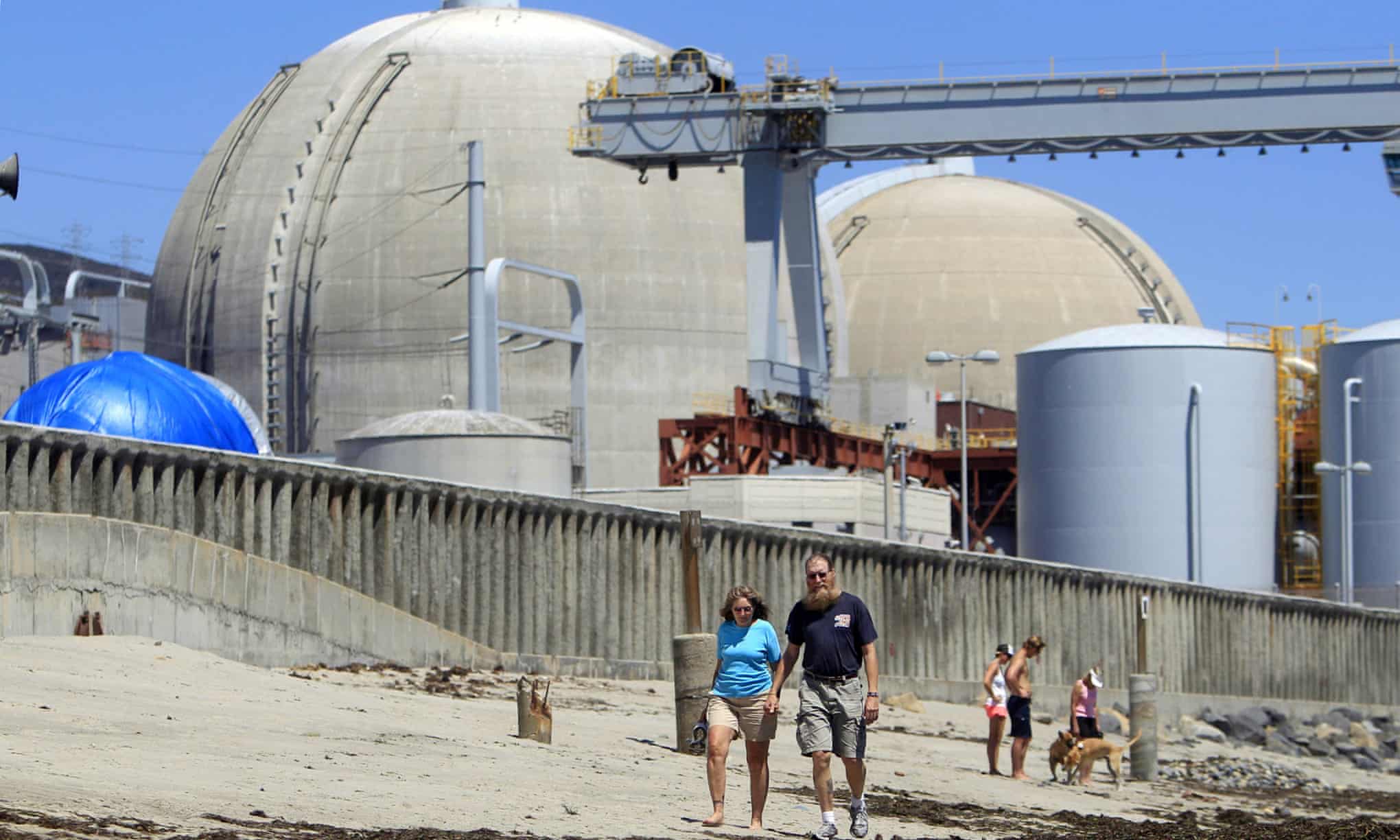
More than 2 million visitors flock each year to California’s San Onofre state beach, a dreamy slice of coastline just north of San Diego. The beach is popular with surfers, lies across one of the largest Marine Corps bases in the Unites States and has a 10,000-year-old sacred Native American site nearby. It even landed a shout-out in the Beach Boys’ 1963 classic Surfin’ USA.
But for all the good vibes and stellar sunsets, beneath the surface hides a potential threat: 3.6m lb of nuclear waste from a group of nuclear reactors shut down nearly a decade ago. Decades of political gridlock have left it indefinitely stranded, susceptible to threats including corrosion, earthquakes and sea level rise.
The San Onofre reactors are among dozens across the United States phasing out, but experts say they best represent the uncertain future of nuclear energy.
“It’s a combination of failures, really,” said Gregory Jaczko, who chaired the US Nuclear Regulatory Commission (NRC), the top federal enforcer, between 2009 and 2012, of the situation at San Onofre.
‘Star Wars’ no longer fiction
ABQ at center of research for tomorrow’s weapons
“Albuquerque, New Mexico, is the epicenter of directed energy research in the United States…If the arms race for directed energy indeed takes off, much of the action could take place in Albuquerque.”
BY RYAN BOETEL / JOURNAL STAFF WRITER Copyright © 2021 Albuquerque Journal August 20, 2021 abqjournal.com
Force fields protecting us from drones and missiles.
Guns that shoot lasers instead of firing bullets.
Rock ’em Sock ’em Robots zapping at each other on the battlefield.
A new report by the Air Force Research Laboratory titled Directed Energy Futures 2060 describes the sorts of “directed energy” weapons that may come to exist in the next 40 years. And the expected technology – much of which may be researched and developed in Albuquerque – is like something out of a science fiction movie.
Officials from multiple Department of Defense entities, partners with the North Atlantic Treaty Organization and other experts came together to write the report, which says the world is at a “tipping point.”
MOX failed. But plutonium pit production is different, argues NNSA exec.
“Even with a potential surge in production at Los Alamos, there remains uncertainty about that capability, especially with their history of outages,” U.S. Rep. Joe Wilson
By Colin Demarest cdemarest@aikenstandard.com postandcourier.com August 21, 2021
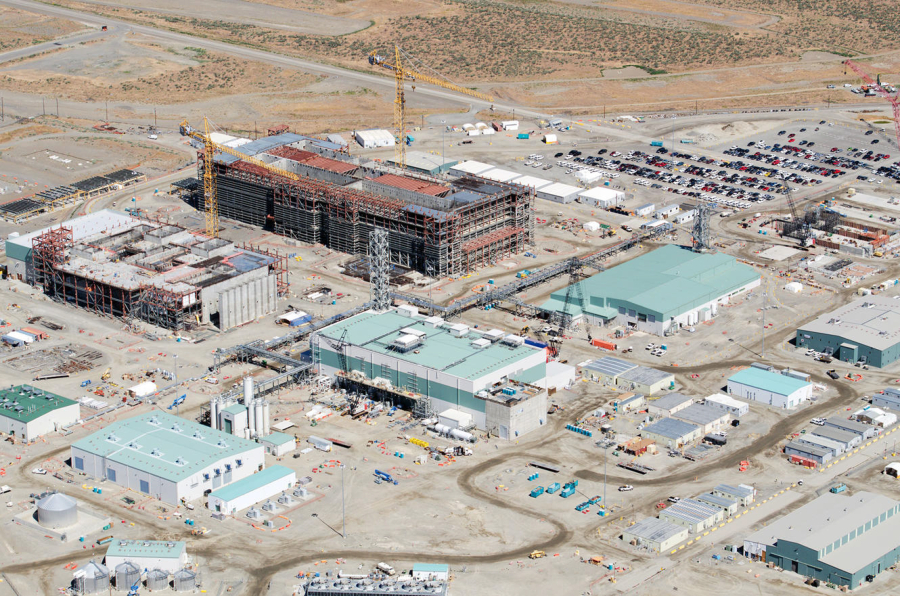
ALEXANDRIA, Va. — In late 2018, a behemoth fuel facility at the Savannah River Site was axed. Its cancellation, enabled by a court ruling and promises of saving billions of dollars, marooned more than a decade of work and vexed a clutch of South Carolina politicians.
What remained was a shell: a Mixed Oxide Fuel Fabrication Facility that was partially built and would eventually be secured and preserved, like an insect suspended in amber.
In the years that followed, the federal government began seriously pursuing a nuclear weapons mission – the crafting of warhead components known as plutonium pits — using the MOX skeleton as a springboard. That effort continues today, and at a clip some have likened to the Cold War or the Manhattan Project, the odyssey that birthed the nuclear age.
But where MOX failed, the Palmetto State pit factory will not, according Michael Thompson, a National Nuclear Security Administration executive. While bilateral friction and “higher-level policy choices” hamstrung the reactor fuel project, it’s a different matter when it comes to the plutonium cores and the Savannah River Plutonium Processing Facility, Thompson argued earlier this month.
Continue reading
Cleaning up nuclear waste at Hanford: Secrecy, delays and budget debates
A plan to turn radioactive waste into glass logs has raised a lot of questions, many of which don’t appear to have public answers.
“It’s not clear whether the high-level waste plant will ever operate,” said Tom Carpenter, executive director of Hanford Challenge, a watchdog organization.
“We need to get some stuff out of here, or we’ll end up with it permanently staying here…This is a generational problem,” Stephen Wiesman said.
Ultimately, this project, originally scheduled to be finished this decade, will likely be completed in the latter half of this century. In other words, it could take 70 to 75 years (mid-1990s to 2069) to deal with the 56 million gallons of radioactive tank waste created by 42 years of manufacturing plutonium.
By John Stang, Crosscut columbian.com August 23, 2021

Stephen Wiesman has worked for about three decades on the Hanford Nuclear Reservation’s project to convert the radioactive waste in its huge underground tanks into safer glass logs.
A Hanford engineer since 1980, Wiesman helped create the Office of Protection, the Department of Energy’s unit in charge of dealing with the nuclear waste stored in those tanks, serving as a senior technical adviser since the late 1990s.
Now 75 and retired since 2012, Wiesman is on the Hanford Advisory Board, which represents environmentalists, Tri-Citians, tribes, health officials, business interests and governments from across the Northwest. Currently, Wiesman is the board’s chairman.
Hanford dates back to late 1942, when it became a super-secret World War II site to create plutonium for the first atomic bomb exploded — in New Mexico and later over Nagasaki, Japan. The nuclear reservation continued that mission during the Cold War and through 1987.
During four decades of production, uranium rods and other nuclear waste were stored in 149 single-shell tanks, of which at least 68 have since sprung leaks. Hanford added 28 safer double-shell tanks and transferred the liquid wastes into them.
Hanford has 56 million gallons of radioactive waste in those 177 underground tanks at this remote decommissioned nuclear production site near the Columbia River in Benton County.
Those leak-prone tanks are arguably the most radiologically contaminated place in the Western Hemisphere.
New criminal charges filed against Westinghouse official in SC’s nuclear plant failure
“As construction problems mounted, costs rose, and schedules slipped, (and) defendants hid the true status of the project,” the indictment said.
“…Delays and cost overruns — hidden by SCANA officials from the public and state regulators — eventually doomed the effort, making it one of the largest business failures in South Carolina history.”
BY JOHN MONK | August 19, 2021 thestate.com
Acting United States Attorney Rhett DeHart pledges continued efforts in prosecuting those responsible for the failed nuclear site in Fairfield County. BY TRACY GLANTZ
A second high-ranking employee of Westinghouse Electric Corp. is facing criminal charges in connection with the multi-billion dollar failure of the doomed nuclear project in Fairfield County.
Jeffrey Benjamin, a former Westinghouse senior vice president of new plants and projects, faces multiple counts of fraud, according to an 18-page indictment made public Wednesday in U.S. District Court in Columbia.
It is the latest criminal charge in a four-year federal investigation of what went wrong at the highest levels of two substantial American companies — Westinghouse and the former SCANA Corp.
The charges against Benjamin are “for his role in failing to truthfully report information regarding construction of new nuclear units at the V.C. Summer nuclear plant,” Acting U.S. Attorney Rhett DeHart said in a press release.
Benjamin’s alleged cover-up of billions of dollars in losses at Westinghouse’s troubled nuclear plants in South Carolina and Georgia were part of a series of events leading to the company’s bankruptcy in March 2017, according to the indictment.
“The defendant’s misrepresentations and omissions, as well as the associated cover-up, resulted in billions of dollars in losses to (SCANA), ratepayers and investors,” the indictment said.
Benjamin, who was responsible for Westinghouse’s worldwide construction of nuclear reactors, is the fourth person to face criminal charges in connection with the SCANA scandal. The three others — another former Westinghouse employee and two top SCANA officials — all have agreed to plead guilty to various counts of fraud but have not yet been sentenced.
Top Westinghouse Nuclear Executive Charged with Conspiracy, Fraud in 16-Count Federal Indictment
 Department of Justice
Department of JusticeColumbia, South Carolina — Acting United States Attorney for the District of South Carolina M. Rhett DeHart announced today that a Federal Grand Jury has charged former Westinghouse Electric Company Senior Vice President Jeffrey A. Benjamin for his role in failing to truthfully report information regarding construction of new nuclear units at the V.C. Summer nuclear plant.
Benjamin, who served as Senior Vice President for New Plants and Major Projects and directly supervised all new nuclear projects worldwide for Westinghouse during the V.C. Summer project, is charged in a federal indictment with sixteen felony counts including conspiracy, wire fraud, securities fraud, and causing a publicly-traded company to keep a false record.
The charges Benjamin faces carry a maximum of twenty years imprisonment and a $5,000,000 fine.
The indictment alleges that Benjamin was personally involved in communications between Westinghouse and its owners, SCANA and Santee Cooper, regarding the status of the V.C. Summer project.
The indictment further alleges that, throughout 2016 and into 2017, when Westinghouse had direct control over the construction and schedule of the project, Benjamin received information that the V.C. Summer units were materially behind schedule and over budget. Nevertheless, at various times from September 2016 through March 2017, the indictment alleges that Benjamin assured the owners that the units would be completed on schedule and took active steps to conceal from the owners damaging information about the project schedule. During this time period, the owners paid Westinghouse over $600,000,000 to construct the two V.C. Summer units, both of which were ultimately abandoned.
Critics Decry $12 Billion for Nuclear in Infrastructure Bill
Smith in his Monday missive warned a bevy of NNSA endeavors, like pit production and the Mixed Oxide Fuel Fabrication Facility before it, “have seen massive cost increases, schedule delays, and cancellations of billion-dollar programs. This must end.” Two things, Smith wrote, are vital to the successful modernization of U.S. nuclear weapons: affordability and executability.
By Eric Tegethoff, Producer | August 12, 2021 publicnewsservice.org
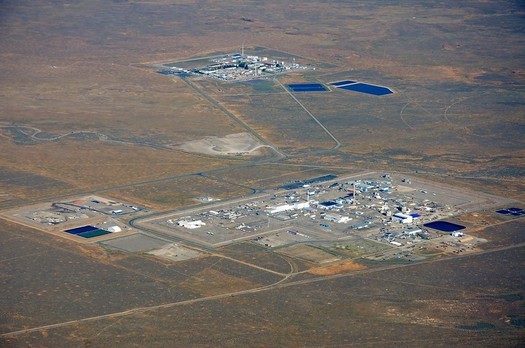
BOISE, Idaho — The U.S. Senate has passed a massive infrastructure bill, and buried within the package is $12 billion for the nuclear industry, but critics said the money would be better spent elsewhere.
Half of the money is reserved for nuclear facilities under threat of shutting down due to economic factors. The other half is for research and development, such as on the small modular nuclear reactor model being built in Idaho.
Tim Judson, executive director of the Nuclear Information and Resource Service, said the industry as a whole is struggling, with even the Idaho project being scaled back.
“By propping up the existing reactors and preventing them from being replaced with renewable energy, the nuclear industry’s essentially trying to keep sort of a foothold in the energy system until they can try to ram some of these new reactor projects like the one in Idaho through, if it ever happens,” Judson asserted.
He hopes the U.S. House makes changes to the investments in nuclear. The industry and some environmental groups have touted nuclear energy as an alternative to fossil fuels as the country moves toward clean energy sources.
ACTION ALERTS
Nothing Found
It seems we can’t find what you’re looking for. Perhaps searching can help.
Nothing Found
It seems we can’t find what you’re looking for. Perhaps searching can help.
Interfaith Panel Discussion on Nuclear Disarmament - August 9
Nothing Found
It seems we can’t find what you’re looking for. Perhaps searching can help.
New Nuclear Media
Nothing Found
It seems we can’t find what you’re looking for. Perhaps searching can help.

